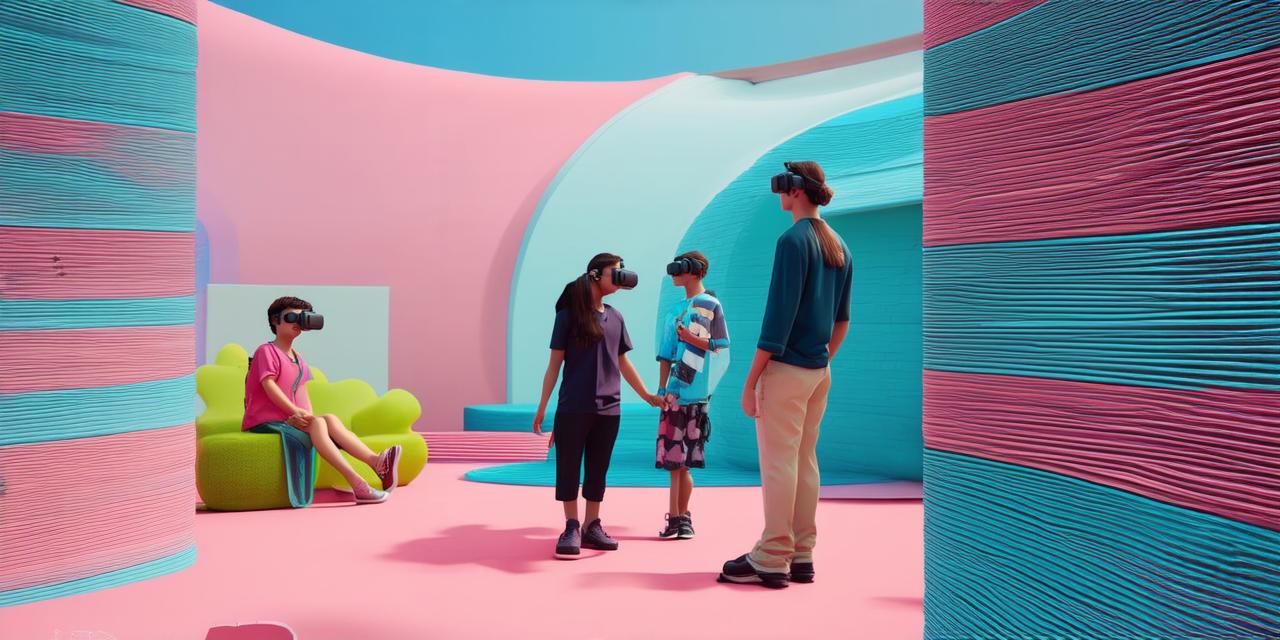As technology advances, virtual reality (VR) is becoming increasingly popular in a variety of fields, including healthcare. One area where VR has shown great potential is in helping individuals with developmental delays. In this article, we will explore the ways in which VR can help with developmental delay and how it can be used to improve the lives of those who struggle with these conditions.
What are Developmental Delays?
Developmental delays refer to a delay in the progress of one or more developmental areas, such as language, socialization, motor skills, or cognitive abilities. These delays can be caused by a variety of factors, including genetics, environmental factors, and medical conditions. While some children outgrow their delays with time, others may continue to struggle with these issues throughout their lives.
How Virtual Reality Can Help with Developmental Delay?
Virtual reality can be used to help individuals with developmental delays in a variety of ways. Here are some examples:
- Language Development: Virtual reality can be used to create immersive language learning experiences that simulate real-life situations. For example, a child with a language delay could use VR to practice ordering food at a restaurant or asking for directions on a bus. This type of interactive learning can help improve their vocabulary, grammar, and communication skills.
- Social Skills: Virtual reality can be used to create social scenarios that simulate real-life situations. For example, a child with social anxiety could use VR to practice making friends or participating in group activities. This type of exposure therapy can help improve their confidence and socialization skills.
- Motor Skills: Virtual reality can be used to create interactive games and exercises that help improve motor skills. For example, a child with a motor delay could use VR to practice balancing on a virtual balance beam or playing virtual sports like tennis or golf. This type of training can help improve their coordination, balance, and fine motor skills.
- Cognitive Development: Virtual reality can be used to create cognitive exercises that simulate real-life situations. For example, a child with a cognitive delay could use VR to practice solving puzzles or following instructions. This type of interactive learning can help improve their problem-solving and decision-making skills.
Case Studies and Personal Experiences
There are many examples of how virtual reality has been used to help individuals with developmental delays. Here are a few:
- Language Development: A study published in the Journal of Autism and Developmental Disorders found that using virtual reality to practice language skills was as effective as traditional language therapy for children with autism spectrum disorder (ASD). In the study, participants used VR to practice ordering food at a restaurant and asking for directions on a bus. After six weeks of training, they showed significant improvements in their vocabulary and grammar.
- Social Skills: A case study published in the Journal of Autism and Developmental Disorders found that using virtual reality to practice social skills was effective for a child with social anxiety. The child used VR to practice making friends and participating in group activities. After six weeks of training, they showed significant improvements in their confidence and socialization skills.
- Motor Skills: A study published in the Journal of Medical Internet Research found that using virtual reality to practice motor skills was effective for children with cerebral palsy. In the study, participants used VR to practice balancing on a virtual balance beam and playing virtual sports like tennis and golf. After eight weeks of training, they showed significant improvements in their coordination, balance, and fine motor skills.
Research and Experiments
There is growing evidence that virtual reality can be an effective tool for improving developmental delays. Here are a few examples:
- A study published in the Journal of Autism and Developmental Disorders found that using virtual reality to practice language skills was as effective as traditional language therapy for children with autism spectrum disorder (ASD).
